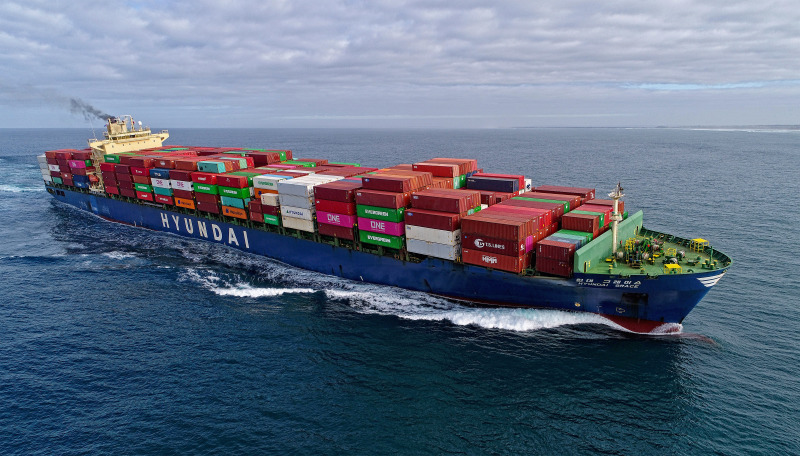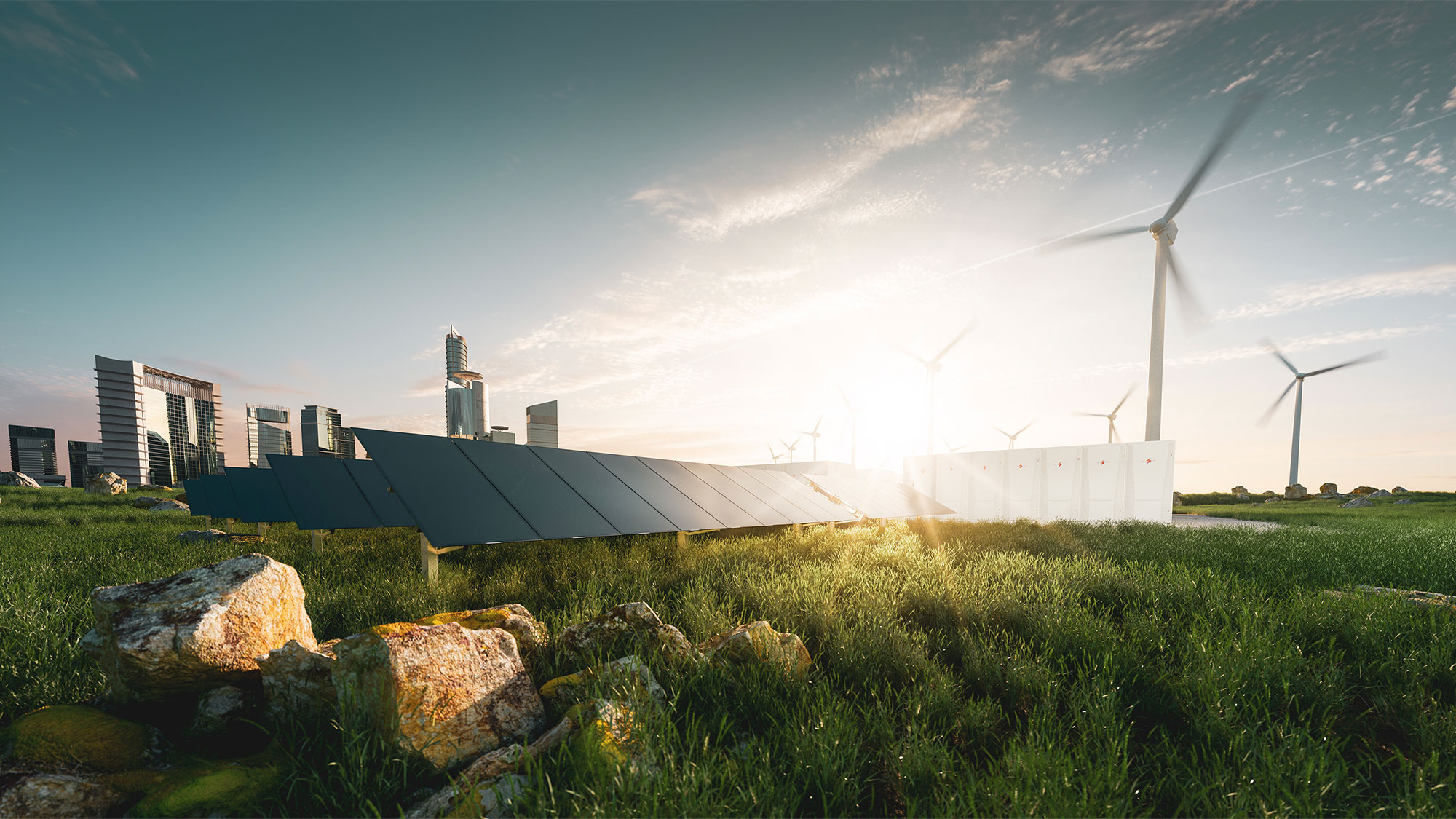The 10th International Conference on Power Battery Applications (CBIS 2025), held in mid-November in Shanghai under the theme "A New Era of Supply Chain Regionalization," attracted leading industry players including EVE Energy, Ganfeng Lithium Group, SVOLT, and REPT BATTERO. Industry experts engaged in in-depth discussions on topics such as the development trends of the new energy battery industry and pathways for breakthroughs in next-generation battery technologies.
Innovation as the Core Driver of Industry Development
Wang Zeshen, Secretary-General of the China Industrial Association of Power Sources, stated at the opening ceremony that new energy battery technology is currently at a critical exploration stage: the foundation for liquid batteries continues to be consolidated, while R&D in solid-state batteries continues to make breakthroughs. Innovation has become the core driving force for addressing resource constraints, safety challenges, and cost pressures.
Multiple experts pointed out that the power battery industry still faces challenges related to performance, cost, safety, and sustainability. Liu Jincheng, Chairman of EVE Energy, highlighted two key issues: first, controlling the total cost of ownership. As power batteries currently account for a significant portion of the total cost of electric vehicles, continuous cost reduction is crucial for the healthy development of the industry. Second, optimizing battery performance in extremely cold environments. In the long term, power batteries should be deeply integrated into distributed energy systems, enabling electric vehicles to function not just as means of transport but also as "mobile banks," providing new momentum for the global green energy transition through vehicle-to-grid (V2G) technology.
Yang Hongxin, Chairman of SVOLT, stated that achieving ultimate safety for power batteries is a critical pain point the entire industry urgently needs to overcome, identifying thermal runaway as the core cause of fire incidents in new energy vehicles. Thanks to their performance advantages, ternary batteries remain the preferred choice for the high-end new energy vehicle market and various emerging application scenarios. Currently, the industry's focus has shifted to rapidly advancing the commercialization of semi-solid-state batteries and exploring scalable application solutions.
Solid-State Battery Industrialization Attracts Widespread Attention
During the conference, the "2025 China Solid-State Battery Industry Development White Paper" was released. The White Paper indicates that global shipments of solid-state batteries have shown a steady growth trend in recent years. According to data from the CBIS Research Center, global solid-state battery shipments reached 6.8 GWh, marking a year-on-year increase of over 280%.
Breakthroughs in materials are the foundation for the ecological development of solid-state batteries. "China has successfully achieved ton-level shipment of sulfide solid electrolyte material," Wang Zeshen said. "Mainstream technology iteration is accelerating, the breakthrough for next-generation technology focuses on battery solidification, and the large-scale installation of solid-liquid hybrid batteries is imminent."
Regarding corporate progress, Li Liangbin, Chairman of Ganfeng Lithium Group, revealed that the company has built two pilot lines: one is a 0.35 GWh 21700 cylindrical pilot line, with battery energy density exceeding 450 Wh/kg, targeting applications in aircraft and high-end robotics; the other is a pouch cell pilot line, also aiming for products with energy density over 450 Wh/kg. Next year, the company will prioritize promoting the industrialization of solid-state batteries.
"The industrialization of solid-state batteries is not just a technological upgrade and revolution; it will also reshape the upstream equipment industry. Solid-state batteries are currently in the difficult transition phase from the laboratory to the production floor, with the core bottleneck being the establishment of a fully stable system, which places extreme demands on manufacturing processes," said Zhao Shengyu, Chairman of Hymson. He added that Hymson has already secured GW-level equipment orders for the oxide electrolyte route, with related products being progressively delivered and applied in the low-altitude aircraft sector. The company is also deeply involved in the development and construction of pilot lines for globally leading companies pursuing the sulfide electrolyte route.
Ecological Collaboration and Lean Manufacturing in Focus
Multiple experts emphasized that the development of power batteries requires both technological breakthroughs and strengthened ecological collaboration.
"If technological innovation is the engine of industrial development, then ecological collaboration is the key to sustainable progress," Wang Zeshen stated. He believes the new energy battery industry is evolving from a single application in automotive power to a multi-scenario energy carrier, urgently requiring collaborative efforts from the global industrial chain.
"Solid-state batteries are not poised to upend the current battery ecosystem. Instead, they are expected to function as a high-end alternative, addressing specific segments that could account for 20% to 30% of the market," said Fang Jianhua, Founding Partner of Guoke Xinneng Venture Capital. He suggested that compared to the excessive enthusiasm for long-term concepts like solid-state batteries, more attention should be paid to continuous minor innovations in "safety, cost reduction, and efficiency enhancement," such as subtle improvements in materials, incremental process optimizations, and tangible enhancements in management efficiency, as these bring more substantial performance improvements to the current power battery industry.
Cao Hui, Chairman of REPT BATTERO, also noted that facing the historical opportunity of the global green energy transition, Chinese battery companies have grown from followers into strong competitors in the global market. Currently, companies are entering the second stage of "going global," where the core of competition has shifted from solely cost and speed to a comprehensive systemic competition encompassing product quality, channel development, supply chain resilience, and carbon footprint management. Tang Jia, Executive Vice President of Zenlision Energy, specifically mentioned that as the overall production capacity of the new energy battery industry continues to rise, downstream customers are shifting their focus towards cost and quality, making lean manufacturing a key industry focus.


